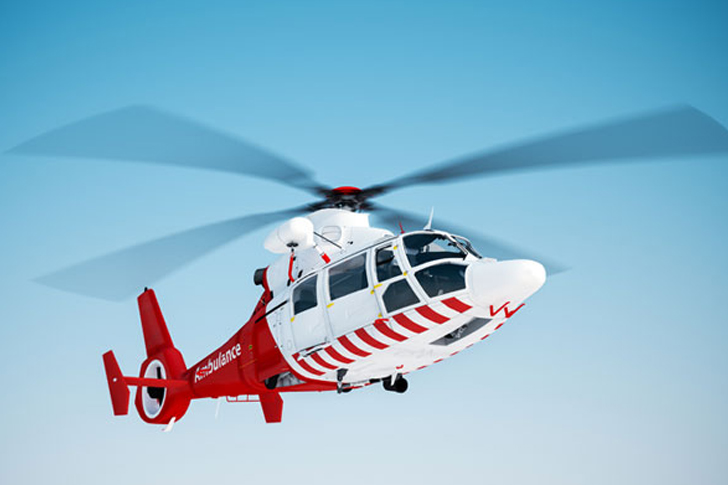Understanding the Costs of Air Ambulance Services
The cost of air ambulance services is often a critical factor in emergency medical situations. Integral to healthcare systems, especially in remote or hard-to-reach areas, air ambulances can make a significant difference in minimizing the time it takes to receive essential medical care. However, the financial aspects of using an air ambulance are complex and can be prohibitively expensive for many. This article explores the various components that contribute to the cost of air ambulance services, attempting to offer a clear picture backed by facts and figures.

Understanding Air Ambulance Services
Air ambulance services utilize aircraft—either helicopters or airplanes—to transport patients in need of urgent medical care. These services are particularly critical when ground transportation would be too slow or when the patient needs to be transferred over long distances or across difficult terrain. Air ambulances are equipped with medical facilities to provide in-flight care, including life support systems and the presence of healthcare professionals.
Factors Influencing the Cost of Air Ambulance Services
Several factors contribute to the cost of air ambulance services. First, the type of aircraft required significantly influences the total cost. Helicopters are generally used for shorter distances and more urgent scenarios. They need skilled pilots and maintenance, contributing to higher operational costs. Fixed-wing aircraft, on the other hand, are used for longer distances and are usually less expensive per mile but involve higher initial and logistic costs.
Another major factor is the medical equipment and personnel on board. Advanced life support systems, the latest medical technology, and highly trained medical staff are necessary to address the patient’s needs during transit. The provisioning and maintenance of medical equipment and the specialized training of onboard medical personnel incur substantial costs.
Operational logistics also play a crucial role. Air ambulances require access to airports and possibly landing fees, along with maintenance of aircraft and fuel costs, which are subject to fluctuations in global oil prices. Moreover, the regulatory environment, including insurance, licensing, and safety compliance costs, influences overall expenses.
The High Cost of Life-Saving Flights
Reports in the U.S. indicate that the average cost of air ambulance services ranges significantly, from $12,000 to $25,000 per flight, and can sometimes exceed $50,000 depending on the specifics of the case. Specificity is important as these numbers encapsulate only the direct costs related to the flight itself and might not include associated medical services provided before and after the flight.
Insurance coverage for air ambulance services varies widely. While some health insurance policies include air ambulance coverage, they often cover only a fraction of the total cost. This disparity leaves patients or their families facing substantial out-of-pocket expenses. In sudden or tragic circumstances, the cost can be an added burden to the patient’s distress. According to the National Association of Insurance Commissioners, in 2017, only about 40% of patients who used air ambulance services had more than half of the cost covered by their health insurance.
Efforts to Regulate and Reduce Costs
Given the high cost and essential nature of air ambulance services, there have been efforts to regulate and manage these costs effectively. For instance, some states in the U.S. have started to legislatively cap the amounts that air ambulance companies can charge for services. However, these regulations have been challenging to enforce due to the classification of air ambulances under federal aviation regulations rather than state healthcare regulations.
There are also initiatives to include air ambulance fees in bundled insurance payments, similar to how in-network benefits are negotiated with healthcare providers. Such measures could help regulate costs and reduce the financial impact on patients.
The Future of Air Ambulance Services
Looking ahead, technology offers promising avenues to help reduce costs. Advancements in aircraft technology and fuel efficiency are likely to decrease operational costs. Meanwhile, telemedicine technologies could potentially reduce the need for some patient transfers by providing advanced consultations remotely, thereby sparing the use of air ambulance services only for the most critical cases.
Moreover, greater transparency and standardization of pricing within the industry could help patients and insurance providers better prepare and manage the costs associated with air ambulance services.
Understanding the costs associated with air ambulance services is crucial for healthcare planning and management, both for individual patients and the broader healthcare system. While the services are expensive, their value in saving lives is immense. Continued efforts to balance cost with accessibility will likely remain a key focus in the healthcare industry for years to come.







Recent Comments